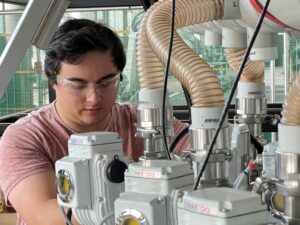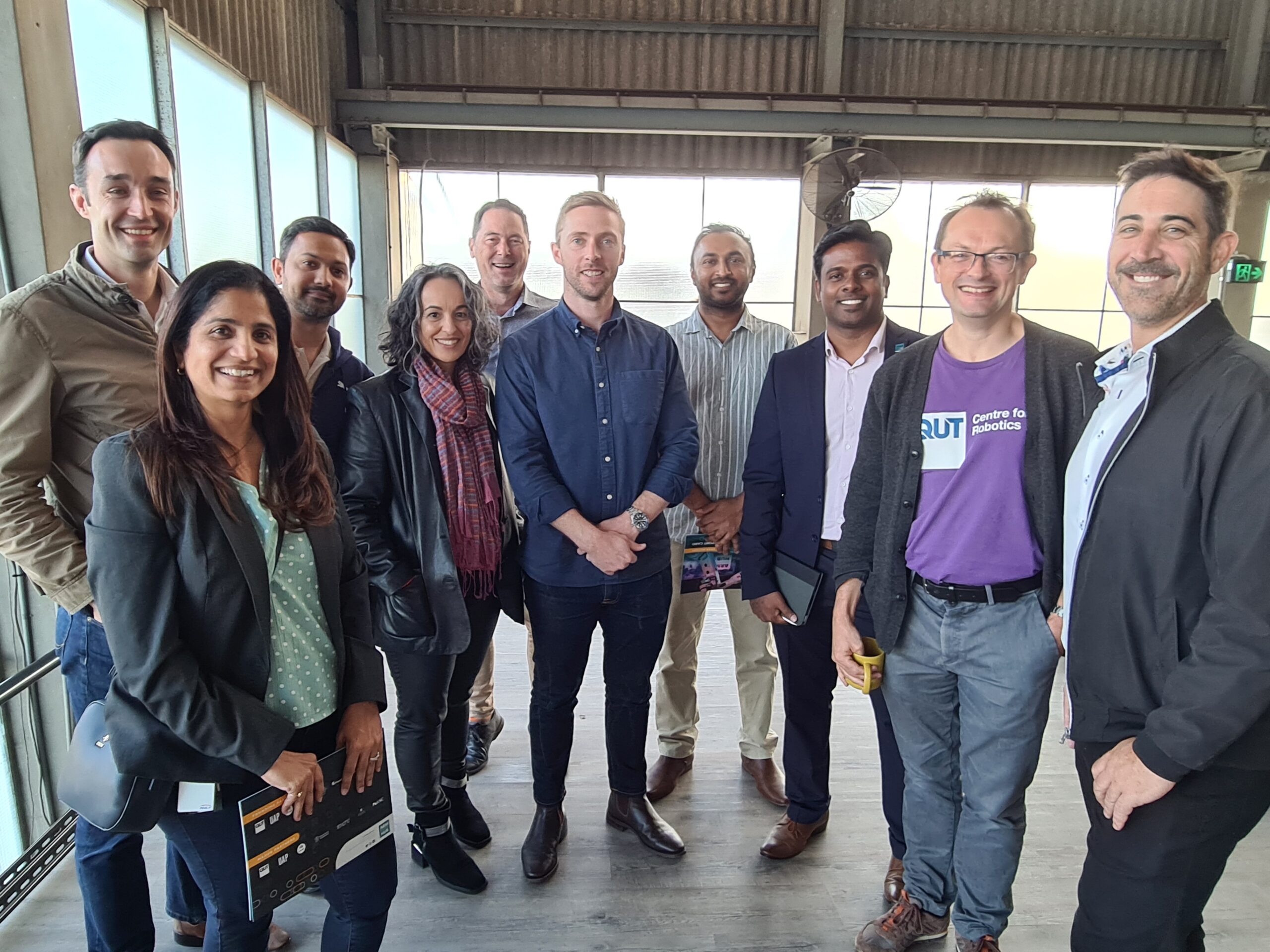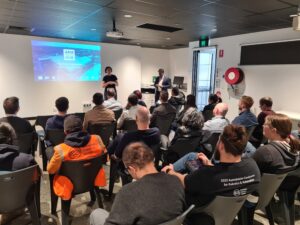Southern Green Gas was founded by Rohan Gillespie in 2018, after he identified a gap in the energy processes and technology that was being used to make use of carbon in a positive light.
The company has developed Direct Air Capture (DAC) technologies that capture carbon dioxide from the atmosphere and make it available for subsequent sequestration, or as a component in several sustainable production pathways. This includes being transformed into renewable fuels.
Its success has attracted investment from former Australian Chief Scientist Dr Alan Finkel AC, who will provide counsel on policy and commercialisation of its technology.
ARM Hub is playing an integral role in the scaling and growth of Southern Green Gas, as it looks to commercialise its product for companies the world over to use.
The industry challenge
Carbon dioxide is at 420ppm in our atmosphere – the highest level ever recorded. While government and industry have set emission targets, they are designed to reduce future emissions. They do not address the existing rates of carbon dioxide.
Southern Green Gas set out to reduce current emissions to a healthy goal (below 400ppm) and to build a solution that ensures carbon dioxide can be repurposed, or sequestered underground and locked away, essentially forever.
The solution

Southern Green Gas, in partnership with University of Sydney, has found a way to not only capture the carbon dioxide, but also to sequester it or include it in sustainable products.
This includes working to minimise the energy demand so it can operate in remote, arid areas of Australia, or overseas without infrastructure support.
The team is now working to commercialise its technology in a way that’s cost-effective for potential customers.
Southern Green Gas is working closely with AspiraDAC to complete the DAC module at ARM Hub.
The company has built a triangular module (DAC Tent) on a square base, which contains a series of canisters and houses solar panels for sustainable energy supply.
It works as a technology tree, drawing carbon dioxide from the atmosphere. Air is passed over a specific surface coating, in canisters, capturing the carbon dioxide until a desorption phase releases the concentrated gas for further use.
It can be immediately sequestered underground, or stored for subsequent use in the production of e-fuels, as a food additive or as a supplement for enhanced horticulture.
Outcomes
Southern Green Gas is building three of its module units at ARM Hub’s state-of-the-art Brisbane facility.
The next step is to upgrade the design based on the learnings from the current module, before starting to build the units at scale for commercial production and sale.
Southern Green Gas is also looking at opportunities to deploy the DAC modules in arid locations that have low traditional economic value, yet high solar presence.
The company is very aware that for CO2 to be reduced from our current unsustainable levels, we must address the carbon dioxide already in the atmosphere, not just what is planned to be emitted in future.
Partnering with ARM Hub
The team was introduced to ARM Hub through a business associate at a time when the company was looking for a space to continue to build and test its module.
As a tenant, the company has had the opportunity to work collaboratively with ARM Hub’s world-leading experts and advisors in robotics, artificial intelligence, and design.
ARM Hub has also offered extensive, high-value networking opportunities; with its reputation as a leader in advanced manufacturing, ARM Hub regularly hosts international, national, and state industry and government delegations.
Southern Green Gas has leveraged ARM Hub’s network to identify key university contacts that have assisted with the company’s technology focus. The ARM Hub international community also provided specific expertise.
Locally, the facilities in the ARM Hub have been a bonus to Southern Green Gas with meeting venues and administrative support.


